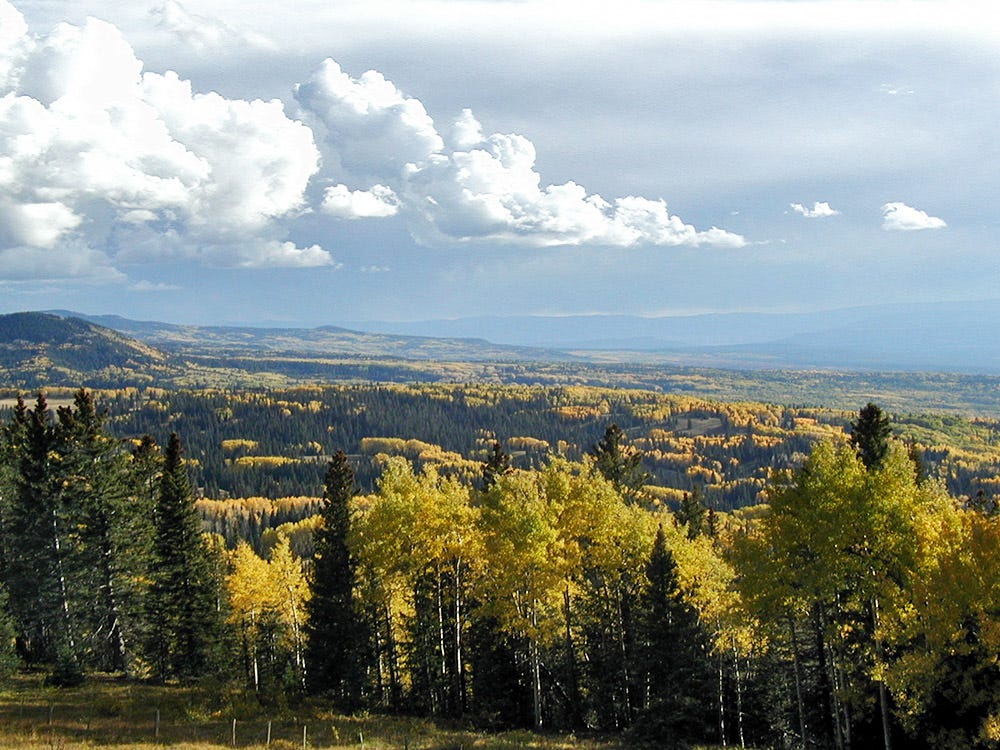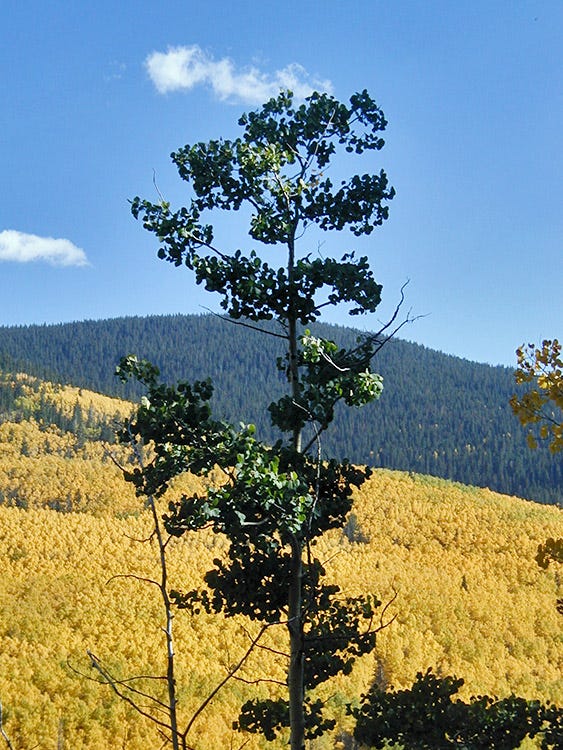My last piece tried to explain why a critical mass of human individuals needs to adjust their perception and thinking if we want to mitigate climate change and prevent unimaginable suffering. Scientists were always essential in bringing about such a paradigm shift, and in previous posts I’ve already mentioned a few of them.

Evolutionary biologist Lynn Margulis, who collaborated with James Lovelock on the Gaia hypothesis, had to overcome criticism and ridicule from the scientific community before her theory of endosymbiosis was accepted, and eventually fully validated. Her main research area covered the evolution from primitive prokaryotic cells – considered to be the first living organisms, at least 3.5 billion years old – to eukaryotic cells which have a membrane - bound nucleus. Accepted evolutionary theory was firmly based on the premise of competition, and Margulis had to fight tooth and nail to have her theory acknowledged, namely that evolution also employed cooperation and symbiosis.
This was a huge step. The dominant scientific community (there had always been exceptions; I’ve written about Johann Wolfgang von Goethe’s worldview here and here) operated from a hierarchical model which put humans at the top and considered all other beings as exploitable “things”; vivisection is but one example. With Margulis, a more horizontal viewpoint has been established. Beings collaborate with and help each other, they can act in a mutually beneficial manner. Which means they connect, instead of compete. "Life did not take over the globe by combat, but by networking" she wrote in her book Microcosmos: Four Billion Years of Microbial Evolution, co-authored with her son Dorion Sagan.
Margulis’s theory is called Symbiogenesis, a word derived from Greek meaning ‘becoming by living together’. I want to repeat what it means: in order to drive natural selection and the rate of evolution, individuals cooperate instead of fight for survival. The picture above by the German zoologist and naturalist Ernst Haeckel symbolizes the exact opposite view, where the strongest and cleverest rises to the top by overpowering the competition. Although this does NOT represent current official evolutionary theory, I think that quite a number of scientists still subscribe to such a reductionist model: the human being sits at the top of evolution. Animals don’t feel much pain or anything else and can be used to advance humanity in any way: for research, in labs, for testing. That’s my personal opinion, of course, but when you consider that some surgical residencies and emergency medicine residencies still use live animals (mostly pigs) to operate on, and that each year about 100 million animals are used for experiments in the U,S., I have no other explanation.
Luckily there are some scientists who internalized the symbiotic, cooperative approach to scientific research. I’ve mentioned Merlin Sheldrake and others who study mycorrhiza (the beneficial relationship between a fungus and the roots of its host plant) several times already; and connected with that, there are the tree people: Suzanne Simmard, Diana Beresford-Kroeger, and others.
That’s why a recent article about a paper published in Trends in Plant Science caught my attention. It reviews the current results of a five-year research program which hopes to find ways to help trees deal with climate change. Higher temperatures and radical changes in moisture (record droughts in the West, and increased precipitation in the Northeast) have become rather stressful for certain trees which can’t easily move and migrate to more beneficial climates. Tree range shift does actually happen and fascinating to learn about, but the rate of climate change is generally too fast for trees to adapt to, and they need help.
A group of New Zealand, Australian, and American plant scientists follows a radically new approach with their research: rather than looking at trees and their microbiomes – the symbiotic culture of bacteria, viruses, archaea, fungi and other microbes which lives in and around a tree – the scientists propose to view them as holobionts, entities consisting of both tree and its microbiomes interacting dynamically within and as part of the environment.
Doesn’t this make all the sense in the world? Just imagine you’d look at a book, and only measure and count the pages. Or weigh the ink that’s used to print the book. Count the letters, count the words, count the sentences. You’d totally miss the meaning of the book. To understand what it is about, you have to take part in the process. When you read a book, all the different parts – the ink, the letters, the paper, but also your eyes, your mind, possibly your hands which hold the book – come together to tell a story, paint a picture, teach you something new.
Maybe I’m comparing apples and oranges, because the term holobiont (which was actually coined by Lynn Margulis in 1991) is mainly used in evolutionary biology. However, since apples and oranges are probably holobionts in their own right, as are human beings and coral reefs for example, I hope it’s acceptable.
The five-year study which is financed by the New Zealand government chose the Monterey Pine as its main subject. This tree is native to the coast of California and Mexico where it is endangered because of disease and changing weather patterns. Everywhere else, it grows incredibly well! In fact, the Monterey Pine is the most widely planted conifer species on the planet. The researchers who are part of this program are taking soil samples from locations across the globe, hoping to better understand the interactions between the tree roots and the diverse range of microorganisms which live in and upon them. This microbial life, the microbiome, is fast-changing, and the scientists believe that a better understanding of it will aid in the growth of climate-resilient trees and forests.

“We need to shift our perspective from ‘trees and their microbiomes’ to one of a single, co-evolved entity interacting dynamically within and as part of the environment,” molecular microbiologist Sarah Addison said. She is one of the researchers working on the Monterey Pine study and co-author of the peer-reviewed paper that’s linked above. “It’s about relationships. Ensuring the right relationship between the tree, the microbiome, the soil and the climate.”
Maybe a rose is a rose is a rose, but a tree is a node within a holobiont network interacting with other nodes (trees) and the environment in an interdependent, reciprocal relationship. And so are humans, come to think of it.
I chose photos of Aspen trees, taken in New Mexico’s Santa Fe National Forest, not only because they look gorgeous in the fall, when their golden color forms a vivid contrast to the dark green conifers, but also because they’re a single organism. Each tree is a part of a larger clonal colony. Somehow, they seemed fitting for this piece.









I have been extremely interested in this since reading “The Hidden Life Of Trees.” The interconnectedness of the trees and how they support one another is fascinating. I live next to an enormous pine forest on the coast of Oregon and can spend my days watching the trees 😄🌲
So enjoyable! We have three different “families” of Aspens up here. So cool, thanks